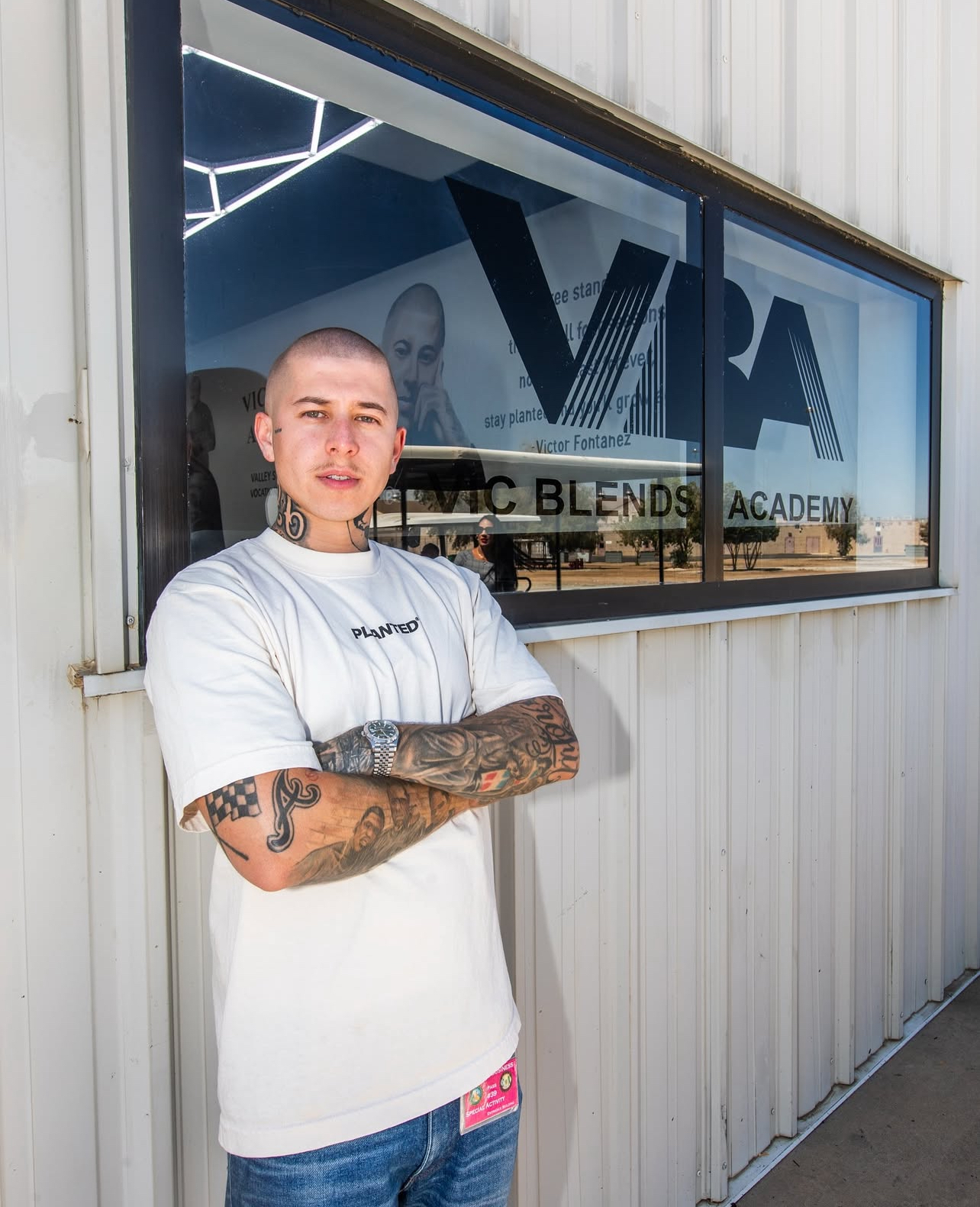Editor’s Note: California Watch, a new nonprofit journalism project at the Center for Investigative, surveyed the 30 largest K-12 school districts in the state and found that many schools are pushing class sizes to 24 in some or all of the early grades. California already ranks 48th in the nation in terms of student-to-teacher ratios.
New America Media asked our partners at The kNOw Youth Media in Fresno to survey youth in their program about their early classroom experiences and whether crowding or small size made a difference.
In my early years of schooling, I don’t think I ever remember feeling crowded in class, except in second grade. It felt like our classroom was very full. Not only that, but during the year, we switched from one teacher to another teacher. The classroom was always loud, and when it was quiet, the students who sat in the back would fall asleep. The only one-on-one time I remember receiving from the teacher was during an art project, where she helped me cut a piece of paper into the shape of a boot. I dreaded going to school when I was in second grade. I felt like I was falling behind.
It wasn’t until I reached third grade that I began to understand everything. In third grade, I transferred schools and my class size was about 20 kids. I never felt left behind. My third grade teacher did a great job. Looking back, I would say my second grade year was very challenging. Being in that crowded classroom did not work for me. To be honest, I don’t remember learning much in there. Luckily my third grade year helped me get back on track.
-Arena Phaphilom, 17
Being in the first grade was not a healthy environment because I was in a crowded classroom. That year I was taught how to add and subtract. It was difficult because my teacher did not stop to reach out to me, along with other students who felt lost. Afraid and embarrassed, I did what I could and always tried to be the tougher person. I kept thinking to myself that someday it would all make sense.
Of course, I was wrong. My parents started to worry about my grade in math. I told them that I don’t get it because the teacher goes too fast and the concepts are too difficult to remember. They told me to ask my teacher for help. After that talk with my parents, I began to catch up but still had a hard time. I understood the new concepts, but little mistakes with adding and subtracting still hurt me.
The overcrowded classroom affected the way I learned. The lack of support I received made it difficult for me to learn math properly.
-Dasen Thao, 18
Classes that are full tend to be slower. By slower, I mean students have difficulty learning. Why is this? Well, students sometimes don’t understand what the teacher is saying, so they end up falling behind other students. They are too shy to ask questions so they never talk. When the classes are full, students copy each other rather than try to get help from the teacher.
I remember I used to copy other students’ work. I sometimes didn’t understand, so I decided to take the easy way by copying. When I got caught copying, I explained to the teacher that I didn’t understand the concepts. The teacher helped me everyday, so I began to understand. Full classes are never good because there’s always someone who will have a hard time. It also depends on how the teacher explains everything to the students. Some teachers have great teaching skills and others aren’t as good. I’ve had great teachers, but there were also those who didn’t care about the students’ education and were only there ‘cause they needed a job.
-Luis Pacheco, 17
During my kindergarten through third grade years, I recall I had a great education. In kindergarten, I remember playing with Lego blocks, being read to, learning how to write my name, letters, numbers, and my favorite activity was playing house. I did receive one-on-one time with my teacher. I got assistance when I was learning how to write my name. My teacher taught me how to hold a pencil and write.
During my second and third grade years, I changed schools, classes were longer, and my mother taught at the school. So, my teachers always knew who I was. I don’t remember needing one on one time with any of my teachers because I was able to comprehend a lot of what I was learning.
-“Aurora” Vang, 17
My teachers were beginning to see how smart I was by the time I was six, so in the second grade, I was put in a GATE [Gifted and Talented Education] school for smart kids. There were about 15 of us in the class, but I never really liked the teacher. She was very strict and I don’t recall her ever bringing me to the side to speak to me about my work. We were learning long division and multiplication, but it went so fast I never understood it. I noticed that almost everything taught at that school was rushed. That year, I hardly learned anything at all.
When I moved on to the third grade, I left the GATE school and went back to my elementary school. This time, though, my class was huge. At the beginning of the year, there were probably about 30 of us. The teacher never had the time to teach us individually. Because of the year before, I had a very hard time understanding math. I excelled in everything except math. Because of a teacher’s failure to explain math to me, it is something I will struggle with for the rest of my life.
-Jaleesa Vickers, 20


